In the world of padel, there are terms that we can sometimes confuse, and which are difficult for us to assimilate. We are going to focus on the difference between the ball output and the power of a racquet. Although they are related, these two concepts are different.
Attention, notions difficult to apprehend, so hang in there!
Ball Out vs Power
The relationship with the racket : although it is difficult to understand at first, you should know that a racquet padel plays a decisive role in every action we take in the field. Our choice is therefore closely linked to the shots, but above all with the type of player we are.
The type of player : At padel, there are multiple types of players. But we mainly see two:
- Those who focus on the tactics and control of the game, preparing the point for their partner to attack. They are more patient and opt for more defensive shots. In all cases, they ensure the stability of the game (often the right players, wanting a high ball out to be able to better hit the balls from the bottom of the court).
- At the other extreme, we find those who have punch. These are the players who use power as the main weapon, they like to go to the net, and surprise at any time and repeatedly (characteristic of the player on the left, looking for the power to finish a point).
The difference : If you understand the above characteristics, you can see that the player's personality greatly influences the game, as this will determine whether the ball's output or power is the determining factor.
What is the bullet exit?
This is the ability of a racket to bounce the ball, without the player making any movement that counteracts the trajectory of the ball. In other words, it's the bounce that the ball makes on your racket statically once the opponent has sent it to the ball.
If it's unclear, let's say your opponent has settled on the net, and makes a volley. Just put your racket in opposition and you will get the ball out of your racket.
Knowing this, there are two types of rackets. For those who love to defend: you will need a racket with a large ball exit. And for those who are more attacking: it will take a racket with few ball exits.
To find out, this must be indicated in the description of the racket on the site of the brand, but you should know that a racket fiberglass or rubber FOAM give a greater output of ball.
What is the power of a racket?
We define power as the speed at which a ball comes out when we hit it. In other words, we measure the power of a racket by calculating the speed of the ball that a player can give with the latter.
When we talk about a powerful racket, we are talking about a racket made for smash, to get out the balls by 3 or by 4, and all the other attacks shots.
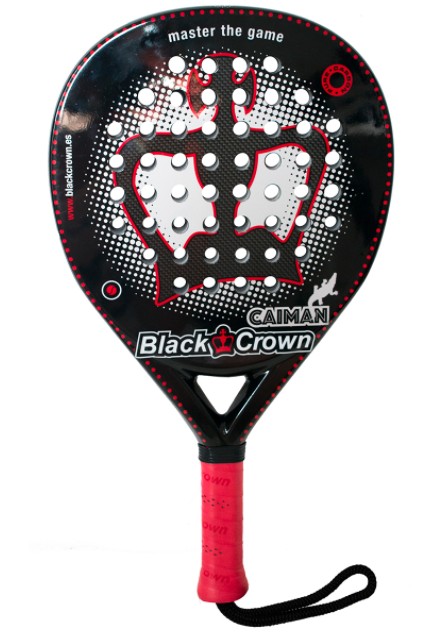
The materials used for a power racket are carbon or EVA gum. The power is also defined by the shape of the racket, because the diamond shape allows a power potential greater than that of the rounded shape.
conclusions
The main difference between these two notions is the player's involvement. Indeed, in the case of the calculation of the exit of ball, the player must not make any movement, except put the racket in opposition to know the exit of ball. On the contrary, for the power, the player must make a blow to the bottom. From there, we will know if the racket is powerful.
In addition, a racket with a lot of ball outs will usually be round, and aimed at the right players who defend a lot. A powerful racket will be primarily a diamond-type racket, and aimed at left-hand players who attack most of the time.
Alexis Dutour is passionate about padel. With his training in communication and marketing, he puts his skills at the service of padel to offer us articles that are always very interesting.




































































































 Premier Padel Sevilla P2 – Libaak and Augsburger eliminate Nieto / Sanz in just over an hour!
Premier Padel Sevilla P2 – Libaak and Augsburger eliminate Nieto / Sanz in just over an hour! Premier Padel Sevilla P2 – Despite the rain, Bela and Tello win their first match together!
Premier Padel Sevilla P2 – Despite the rain, Bela and Tello win their first match together!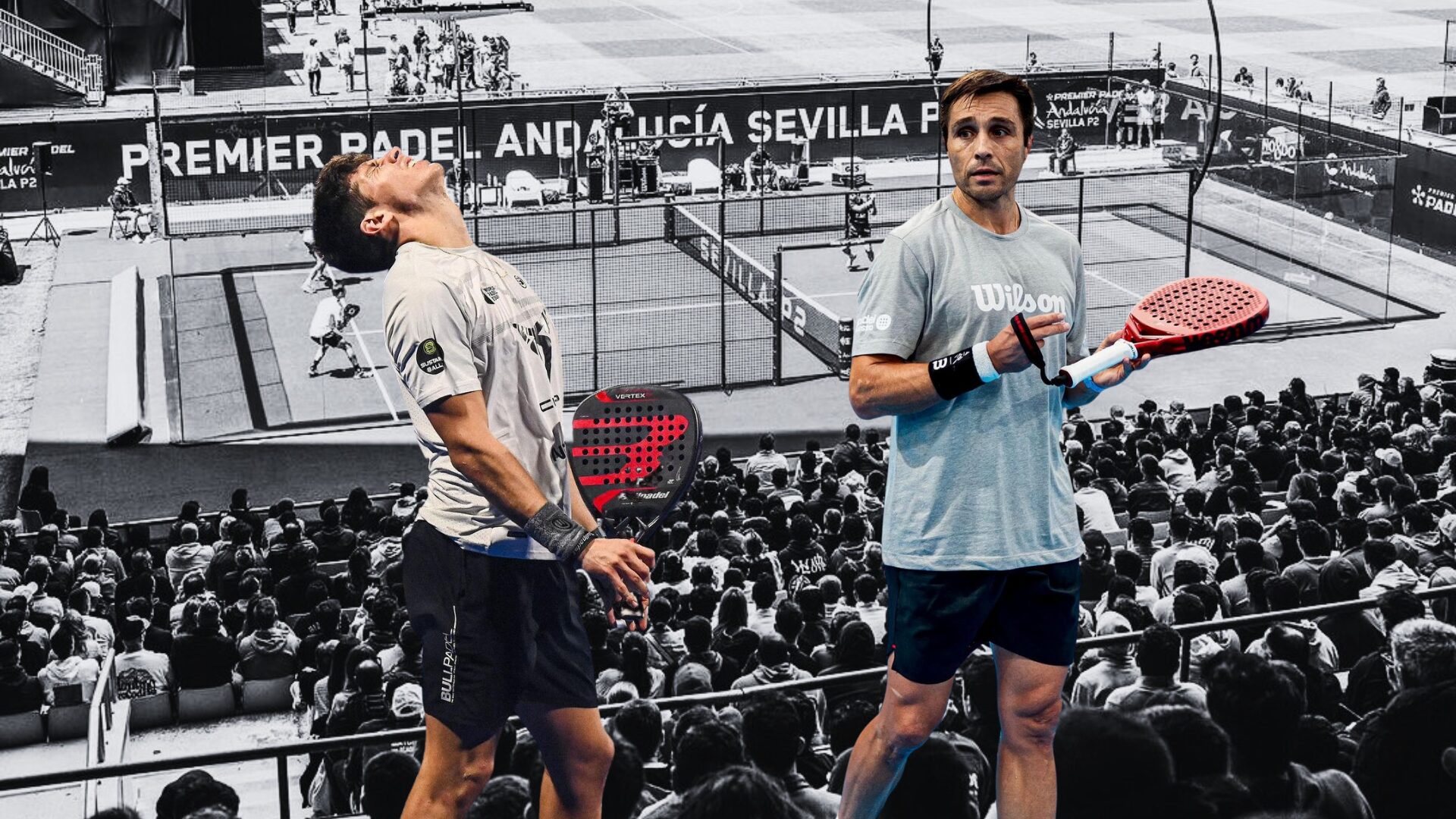 Premier Padel Sevilla Open – The rain prevents Bela and Tello from finishing the work…
Premier Padel Sevilla Open – The rain prevents Bela and Tello from finishing the work… Ramón Morcillo: “I was surprised by France”
Ramón Morcillo: “I was surprised by France” Guillaume Codron: “South Padel, a family project”
Guillaume Codron: “South Padel, a family project” Nallé Grinda: “Democratize the padel in the USA with PadelX "
Nallé Grinda: “Democratize the padel in the USA with PadelX " Simon Boissé: “We know that there are two nations in front of us”
Simon Boissé: “We know that there are two nations in front of us”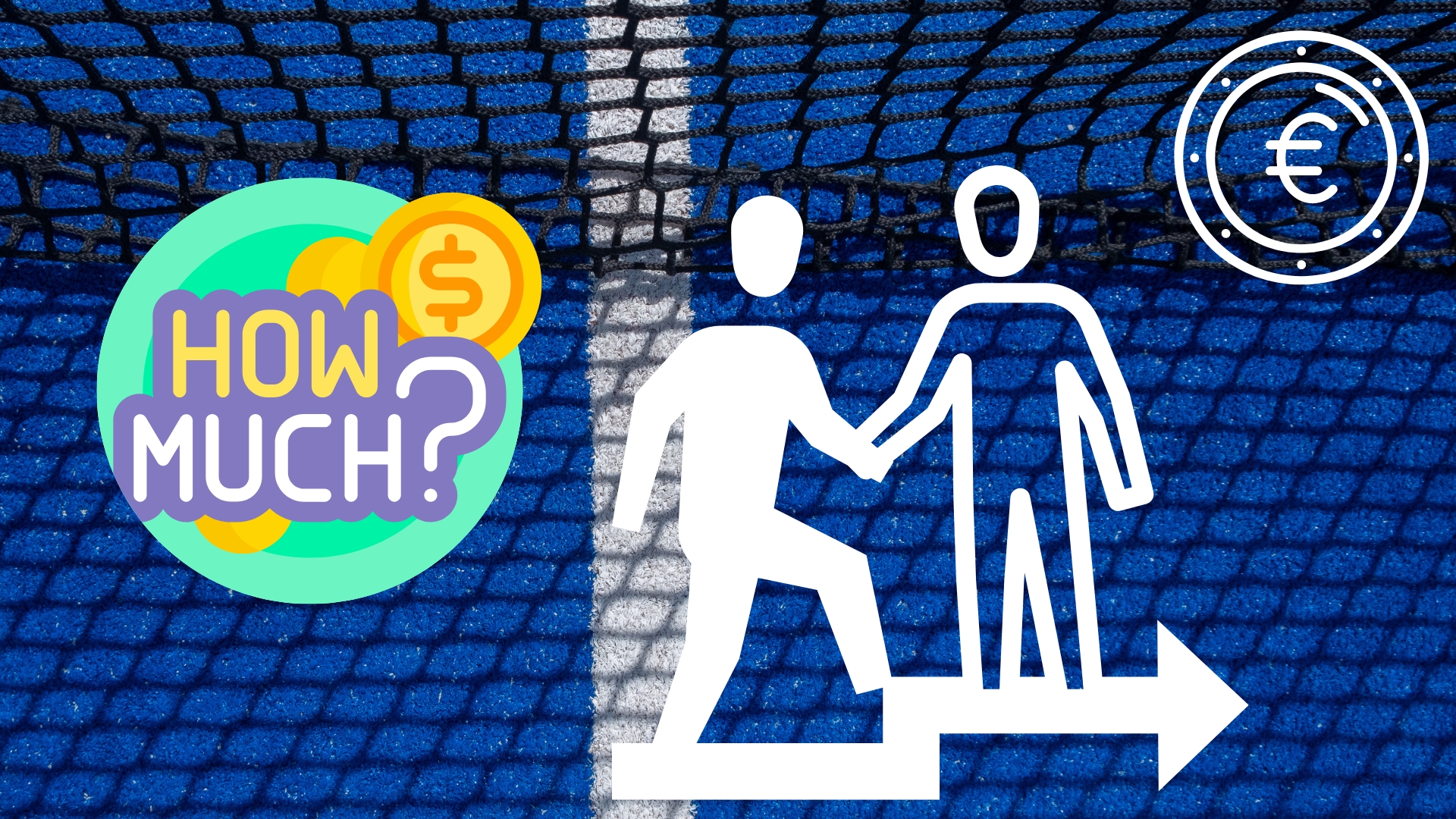 How much does it cost to play with a pro or a coach in a tournament?
How much does it cost to play with a pro or a coach in a tournament? TeamUp! Talents welcomes a new partner: Padel MagTV
TeamUp! Talents welcomes a new partner: Padel MagTV Betclic Remontada Padel : an initiation planned at the foot of the Eiffel Tower
Betclic Remontada Padel : an initiation planned at the foot of the Eiffel Tower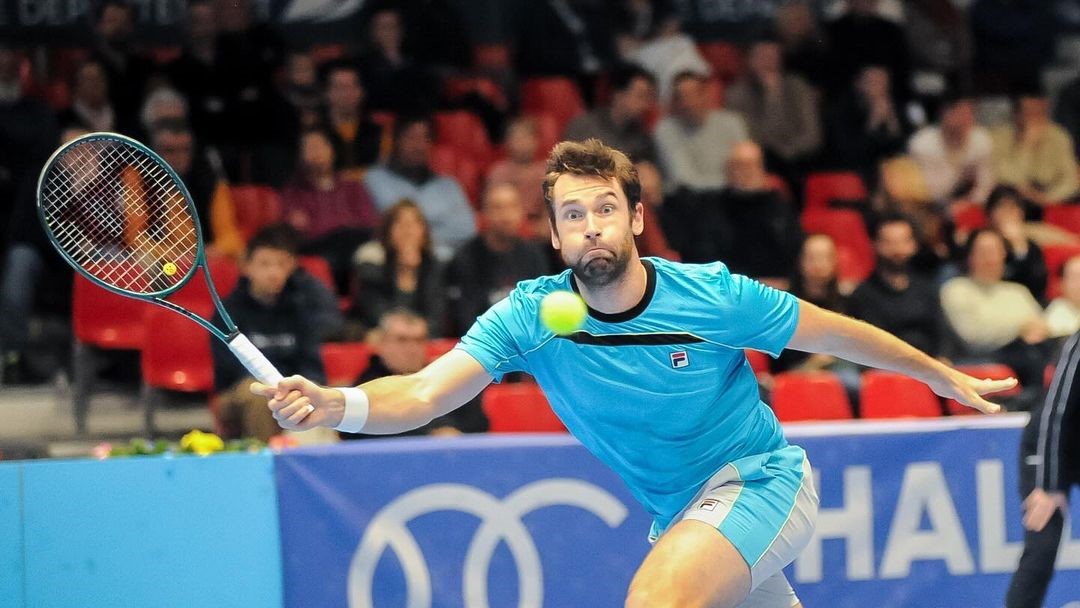 Quentin Halys takes a break with a P250 title
Quentin Halys takes a break with a P250 title Pablo Cardona, a very big future?
Pablo Cardona, a very big future? Pro Padel League: update on the ranking after the first two stages
Pro Padel League: update on the ranking after the first two stages Where and when to see the very first match of the Belasteguin / Tello pair?
Where and when to see the very first match of the Belasteguin / Tello pair? Ultra-luxurious residences with ski slopes padel floating in Dubai
Ultra-luxurious residences with ski slopes padel floating in Dubai José Manuel Escin at the inauguration of Casa Padel DOS: “Finally, and thank you!”
José Manuel Escin at the inauguration of Casa Padel DOS: “Finally, and thank you!” Padel Score comes to Tahiti for American Express Padel Cup!
Padel Score comes to Tahiti for American Express Padel Cup! Do you know the Rafa Nadal Academy Tour?
Do you know the Rafa Nadal Academy Tour? Brussels Premier Padel P2 – the final in stats
Brussels Premier Padel P2 – the final in stats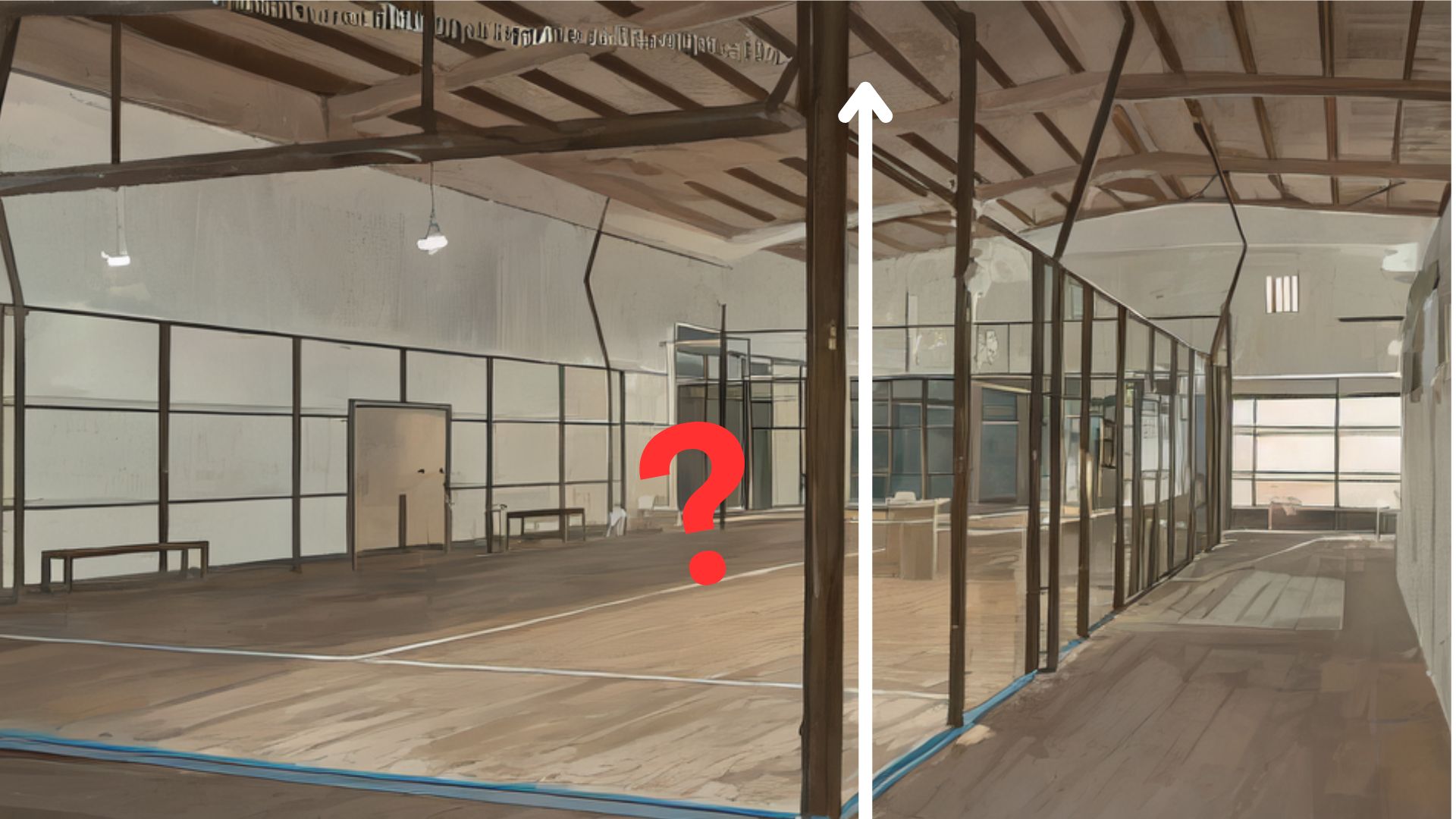 Find out everything about the dimensions of a plot of land padel
Find out everything about the dimensions of a plot of land padel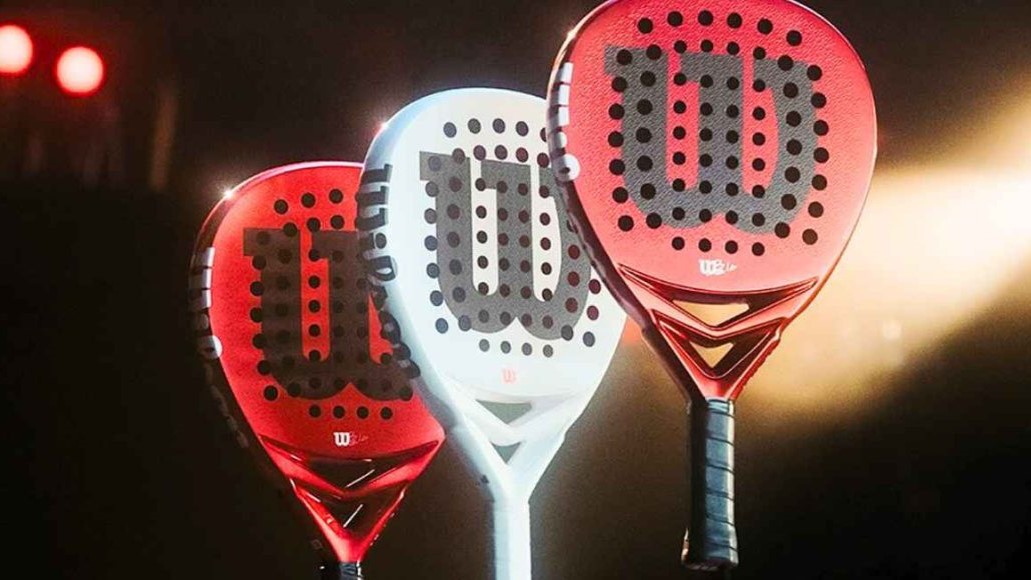 Presentation of the Wilson Bela V2.5 collection
Presentation of the Wilson Bela V2.5 collection The LinkedIn of racquet sports: Racket Trip
The LinkedIn of racquet sports: Racket Trip At the heart of padel – Episode 25: Paul and Andoni answer your questions
At the heart of padel – Episode 25: Paul and Andoni answer your questions At the heart of padel – Episode 23: defend the window well
At the heart of padel – Episode 23: defend the window well Prohibition on playing topless Padel : the reasons
Prohibition on playing topless Padel : the reasons FIP Tour – Going far from Europe, THE strategy to earn points!
FIP Tour – Going far from Europe, THE strategy to earn points! What is a good football player? padel ?
What is a good football player? padel ? “Lefties give me headaches when I play against them!”
“Lefties give me headaches when I play against them!” At the heart of padel – Episode 14: how to earn points in winter?
At the heart of padel – Episode 14: how to earn points in winter? The basic tactics of padel
The basic tactics of padel A par 4 is always a winner...even if you manage to defend it!
A par 4 is always a winner...even if you manage to defend it! Carbon fiber VS fiberglass: what to choose?
Carbon fiber VS fiberglass: what to choose? How to effectively test a racket padel ?
How to effectively test a racket padel ? La padel to fight Parkinson's disease
La padel to fight Parkinson's disease Don't play with a cracked or broken racket, your body will thank you!
Don't play with a cracked or broken racket, your body will thank you! Michel Cymes: “The padel, physically, it’s serious!”
Michel Cymes: “The padel, physically, it’s serious!” Our Top 10 training courses padel in France and Europe
Our Top 10 training courses padel in France and Europe Jeremy Gala: “Promote the padel among young people in Belgium remains a challenge”
Jeremy Gala: “Promote the padel among young people in Belgium remains a challenge” The French Touch Academy organizes its selection day Padel-Study
The French Touch Academy organizes its selection day Padel-Study Report on the detection and training of younger generations
Report on the detection and training of younger generations
Thank you. This article is very helpful. We rarely find the explanation of “bullet exit”.